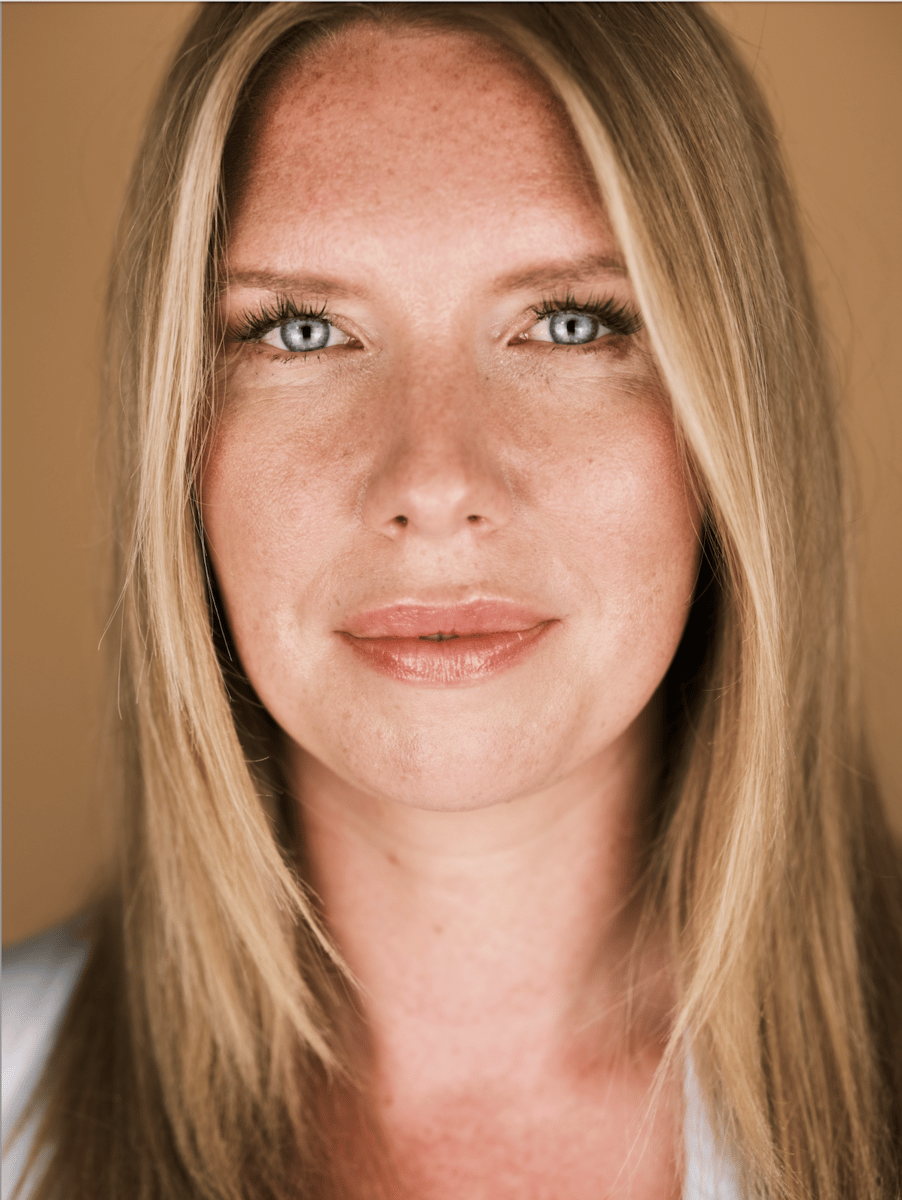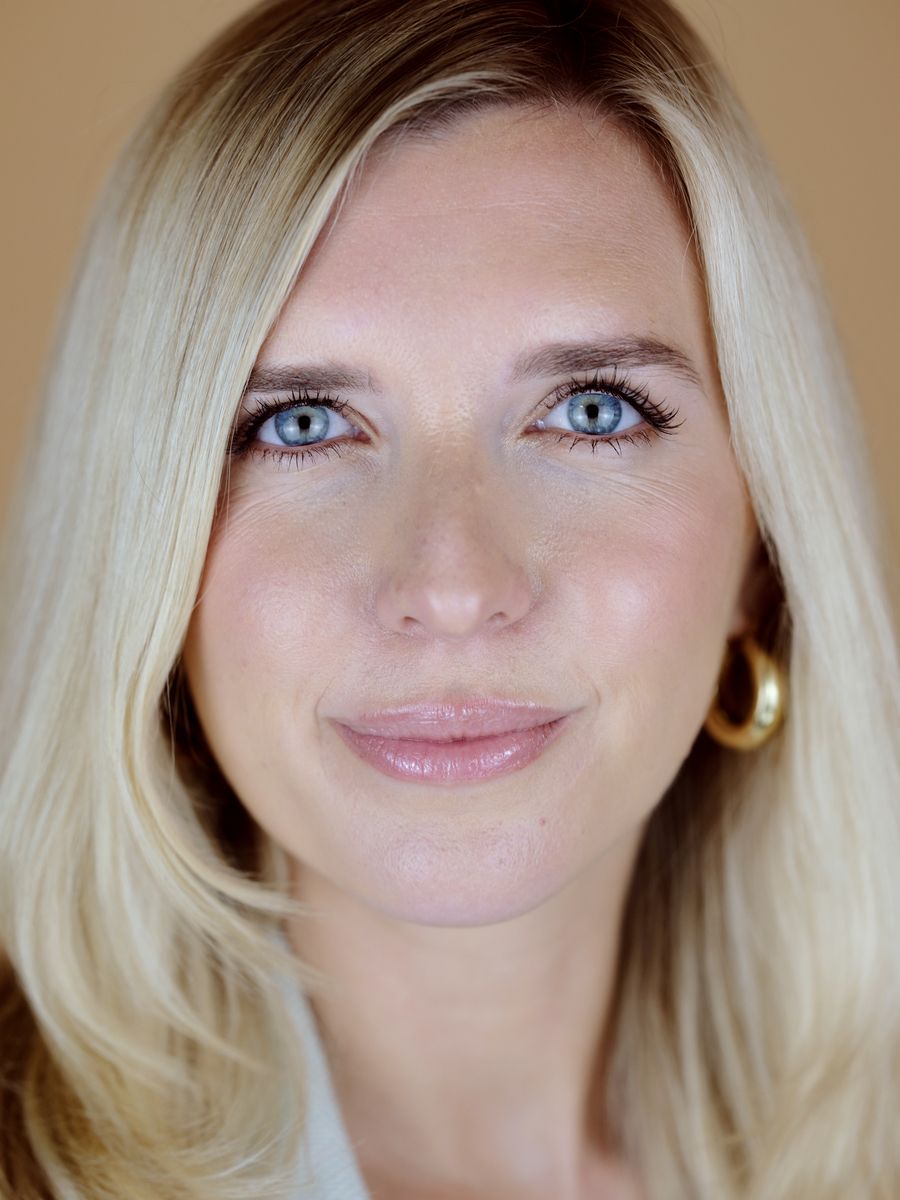New companies are now popping up to help independent writers earn money from their new ventures—which increasingly include more than just newsletters.
AJ Frucci, a former ad sales executive at Axios, Puck and Vox Media, launched a new firm earlier this month called Altogether Media which helps independent journalists nab sponsorship deals. He’s working with writers such as Alex Heath, Alex Kantrowitz and Casey Newton, who worked at news outlets including The Verge and BuzzFeed before starting their own publications.
Email is nothing new, but we’re in a fresh wave of writers going out on their own. Frucci saw a gap in the market for such a service as well as interest from advertisers, who don’t have the time to comb through dozens of individual newsletters. Beehiiv on Thursday said it hosts tens of thousands of publications and sends nearly 3 billion emails every month. Last year, Substack said more than 50,000 publishers earn money from its platform.
“There is definitely a new appreciation from the [ad] buying community for reaching these independent journalists and the communities that they foster,” Frucci told me. “It’s just very simply because that’s where trust and attention lies.”
We expect to see more newsletter-specific agencies launch—and not just for independent journalists, but for all types of writers. We also expect more established agencies to make newsletters part of their core offerings, as we’ve been hearing that more influencer marketing deals are including newsletters. Celebrities and brands, including American Eagle and Rare Beauty, are also getting into the newsletter game: On Wednesday, singer Charli xcx launched a Substack.
While email is a much more reliable way to reach audiences than finicky social media algorithms, both platforms and writers also see its limitations.
To that end, Beehiiv on Thursday announced 10 new features, including the ability for creators to sell digital goods, build their own websites using AI, host podcasts, offer tiered subscription offerings to readers and use customizable templates aimed at making their publications look more professional. (Scalable is part of Beehiiv’s Media Collective program for independent journalists.)
The Beehiiv news is a recognition that newsletters are increasingly going beyond just the written word by expanding to include podcasts, in-person events and more.
Earlier this week, Emily Sundberg, who writes the popular Substack newsletter Feed Me, launched a podcast called “Expense Account.” Other newsletter writers including Oliver Darcy and Lachlan Cartwright have also launched podcasts, while ex-Politico reporter Tara Palmeri launched a YouTube channel alongside her independent newsletter. (Jasmine and I dive deeper into this, and Scalable’s approach, on our latest podcast. Tune in below or anywhere you get your podcasts).
Beehiiv’s move is also a recognition that it has a ton of competition for independent writers: Substack is synonymous with newsletters, like Uber is for rideshare.
Beehiiv so far has attracted writers with more customization abilities and by charging a monthly fee rather than taking a cut of subscriptions like Substack does. But as its competitors have also been expanding their features, Beehiiv knows it needs to do more.
Substack has rolled out features including live video, livestreaming and social network-like tools aimed at keeping writers and readers engaged on its app. Kit, an email marketing and newsletter startup, more than two years ago launched a way for creators to set up digital storefronts to sell products like e-books or coaching sessions. Earlier this year, Kit said more than 5,700 of its creators have earned money through the commerce tool, bringing in a total of more than $10 million in revenue.
Frucci, for his part, is helping independent journalists earn money from not just their newsletters, but also from their podcasts and other products.
“A lot of these businesses start with newsletters but their ability to expand into other mediums, like events or podcasting, defines their longevity,” said Ivanka Farrell, managing director at Bully Pulpit International, a strategic communications and advertising agency, which also works on newsletter campaigns. “The oldest digital formats are now some of the most interesting.”—Kaya Yurieff.
In other news…
By the Numbers
Creators with more followers are more likely to have used AI in their work than those with fewer followers, according to a September 2025 survey by Creators 4 Mental Health and Lupiani Insights & Strategies.
That tracks with broader market trends, which show that small businesses are less likely to use AI than large enterprises, usually because of high costs, lack of skills or implementation challenges.

Lower AI usage rates among smaller creators make sense given that they are used to doing everything on their own, without teams or advanced tech stacks. They’re also less likely to need more sophisticated AI tools, like translations, than creators with large global audiences.
That said, the data suggests that there could be an opportunity for platforms, vendors and creator economy startups to provide tools tailored to smaller creators who may find current tools hard to use, too expensive or not aligned with their current needs. Still, for many small creators, AI content creation tools may be more of a nice-to-have, rather than a need-to-have.—Jasmine Enberg
The Round Up
TikTok officially launched bulletin board, a new feature that helps creators communicate and share content directly with their fans and followers, similar to Instagram Broadcast Channels. TikTok began testing this feature in June.
Disney stock fell on Thursday after reporting revenue that missed Wall Street expectations. Executives also warned of a prolonged carriage dispute with YouTube TV. “There’s the piece that we’re not getting paid for and then the piece that we’re picking up by virtue of subscribers moving elsewhere,” Disney CFO Hugh Johnston said of the financial impact of the dispute.
Tubi, an ad-supported streaming service, announced its first slate of original shows from creators. These include “Safe Space” in which viral comedian Kevin Fredericks, better known as KevOnStage, depicts an underqualified therapist trying to help struggling couples and “Escape the Night,” Joey Graceffa’s murder mystery series which previously ran on YouTube Originals before the video-sharing platform canceled it along with other exclusive shows in 2020. The series on Tubi will pick up where Graceffa left off and serve as a finale.
Visa said it’s exploring a pilot program with Karat Financial, which provides credit cards and business banking for creators. The program focuses on providing AI agents to help resolve common issues for creators, such as setting automated follow-ups for late invoices or brand payments.
Talent Tracker
David Freeman will leave CAA at the end of the year to launch his own advisory firm for creators called Kynetic Media Ventures in mid-2026. Freeman spent 15 years at CAA, where he most recently was head of digital media in its creators division.
Digital Brand Architects, a creator management company owned by UTA, announced new hires, including Allison Hahn as vice president of talent and Kylie Frink as director of talent. Gloria Green and Juliet Noble joined as talent managers.
Alex Sheinman joined CAA Sports as a football marketing executive and agent. Previously, he was the CEO of Snapback Talent, a talent management company representing sports-focused creators.



